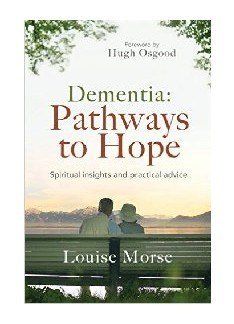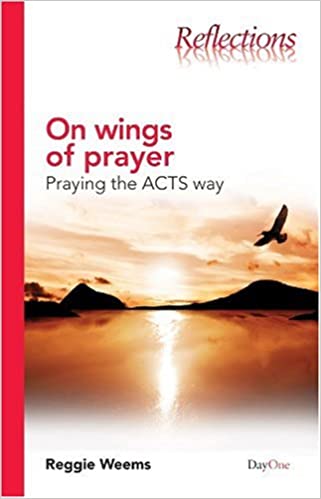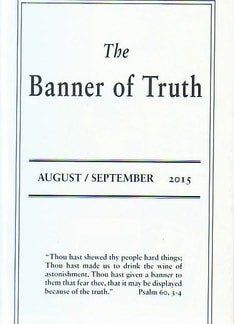The aim of this book is ‘to help give understanding and point out pathways of hope. And also to tell the stories of people who have found hope — and even joy — in lives touched by dementia’ (p.19).
A mixture of well-researched and up-to-date information is interspersed with real-life situations that the author has encountered. This book will help those who are having to cope with a diagnosis of dementia, either for themselves or a loved one. It will also aid those desiring to find out more about how this condition impacts families, churches and society at large. It will also assist readers in coming alongside those with dementia. One section is entitled, ‘Visiting people with dementia’.
The effect of negative thought patterns on the abilities of carers to cope is highlighted at the start of the book. The importance of ‘caring for the caregiver’ as well as the dementia sufferer is addressed. We are reminded of the hope of glory we have as Christians: ‘This hope lights up our lives, lights up our thoughts, illuminates our thinking, and chases away dark shadows. In its light we see pathways of hope in dementia’ (p.29).
‘What carries us is not a wishy-washy kind of hope, but something that has substance … something that’s in here, in each believer. It’s Christ in us, the hope of glory. That’s why connecting at the eternal level is so important for believers with dementia’ (p.149).
Clear descriptions, using non-technical language, are given of the various forms of dementia. Alongside this, we are reminded that ‘whatever the diagnosis, however changed the person’s behaviour is as the condition progresses, the essence of the person and their core values do not change’ (p.40). ‘Knowing the person is so important’ (p.41).
Throughout the book, Louise draws on her training in cognitive behavioural therapy, blending this with the teaching of Scripture in a way which some may disagree with. The same will be true regarding what she calls ‘Christian mindfulness’ (appendix 1), although she is clear to speak of the reservations she has with ‘Mindfulness’ (p.163).
The chapter, ‘The diagnosis dilemma and the crossroads’ is quite technical in places, and the well-researched, up-to-date cases discussed will not remain up-to-date for long. The loss of community and the effect this has on wellbeing, and the need for this to be remedied, is highlighted in the chapter, ‘A way to conquer the dementia plague’.
Throughout the book, we are pointed to the Lord Jesus, who ‘will meet us at the point of deepest need, even in dementia, when all trace of him seems to have gone from our world’ (p.182).
Sarah Strivens
London














